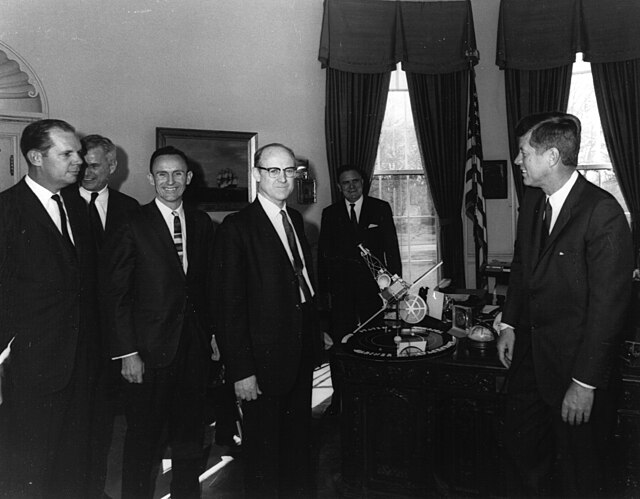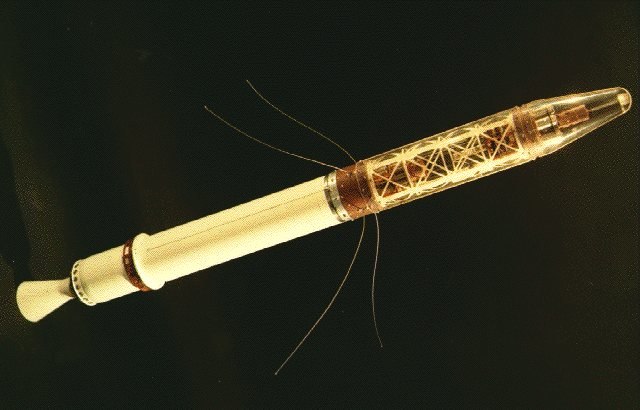Mariner 2, an American space probe to Venus, was the first robotic space probe to report successfully from a planetary encounter. The first successful spacecraft in the NASA Mariner program, it was a simplified version of the Block I spacecraft of the Ranger program and an exact copy of Mariner 1. The missions of the Mariner 1 and 2 spacecraft are sometimes known as the Mariner R missions. Original plans called for the probes to be launched on the Atlas-Centaur, but serious developmental problems with that vehicle forced a switch to the much smaller Agena B second stage. As such, the design of the Mariner R vehicles was greatly simplified. Far less instrumentation was carried than on the Soviet Venera probes of this period—for example, forgoing a TV camera—as the Atlas-Agena B had only half as much lift capacity as the Soviet 8K78 booster. The Mariner 2 spacecraft was launched from Cape Canaveral on August 27, 1962, and passed as close as 34,773 kilometers (21,607 mi) to Venus on December 14, 1962.

Mariner 2 engineering model
President Kennedy is shown a model of Mariner 2 during a meeting with NASA officials after the successful completion of the mission, 1963
Mariner II trajectory projected on the ecliptic plane.
Depiction of Mariner 2 in space
Uncrewed spacecraft or robotic spacecraft are spacecraft without people on board. Uncrewed spacecraft may have varying levels of autonomy from human input, such as remote control, or remote guidance. They may also be autonomous, in which they have a pre-programmed list of operations that will be executed unless otherwise instructed. A robotic spacecraft for scientific measurements is often called a space probe or space observatory.
A replica of Sputnik 1 at the U.S. National Air and Space Museum
A replica of Explorer 1
An illustration's of NASA's planned Orion spacecraft approaching a robotic asteroid capture vehicle
A collage of automated cargo spacecraft used in the past or present to resupply the International Space Station








